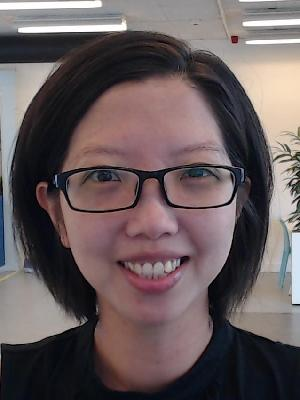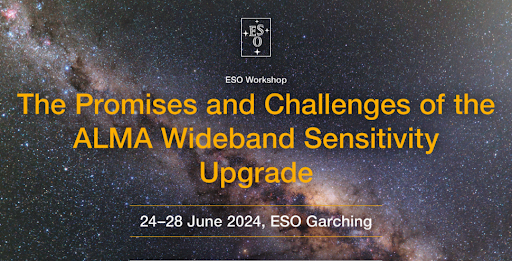ALMA Data Reduction Training Day: October 23, 2024
On Wednesday, October 23, 2024, we will host an ALMA Data Reduction Training Day in-person in CE.0.18 (where the lunch talks are usually held).
The training will begin at 10:00 AM and continue into the afternoon with coffee breaks and an hour lunch break. The Allegro team will be presenting a series of talks that cover the following topics: how to go from the archive to obtaining calibrated visibilities, surface-level overview for calibration and self-calibration, imaging, analysis tools and visualizing data with CARTA. There will be sufficient time for Question & Answer at the end of each talk.
Several of the sessions will include a hands-on component that participants can follow along with. Information on how to connect to the Allegro workstations will be provided prior to the training day to the registered participants.
| Program* | October 23, 2024 | |
|---|---|---|
| 10:00-10:15 | Welcome | |
| 10:15-1030 | Pascal Keller | ALMA data: From the archive to calibrated visibilities |
| 10:30-10:45 | Pascal Keller | Overview of calibration and self-calibration |
| 10:45-11:05 | Coffee break | |
| 11:05-11:15 | Megan Lewis | Introduction to CASA + technical setup |
| 11:15-12:15 | Joshiwa van Marrewijk | Imaging & tclean |
| 12:15-13:15 | Lunch break | |
| 13:15-14:00 | Joshiwa van Marrewijk | Imaging & tclean |
| 14:00-14:20 | Coffee break | |
| 14:20-15:30 | Megan Lewis | Analysis tools and CARTA |
* Note that this is a rough schedule as we plan to dedicate plenty of time for questions after each session.
Directions to Leiden Observatory
Note that this is not the old observatory in the center of Leiden. The workshop will occur at the new Faculty of Science building (see photo below). Leiden Observatory is located on the 3-4th floors of this building, and the Allegro offices are located on the 4th floor across the room where we will meet: Arcturus, BW.4.34a.














